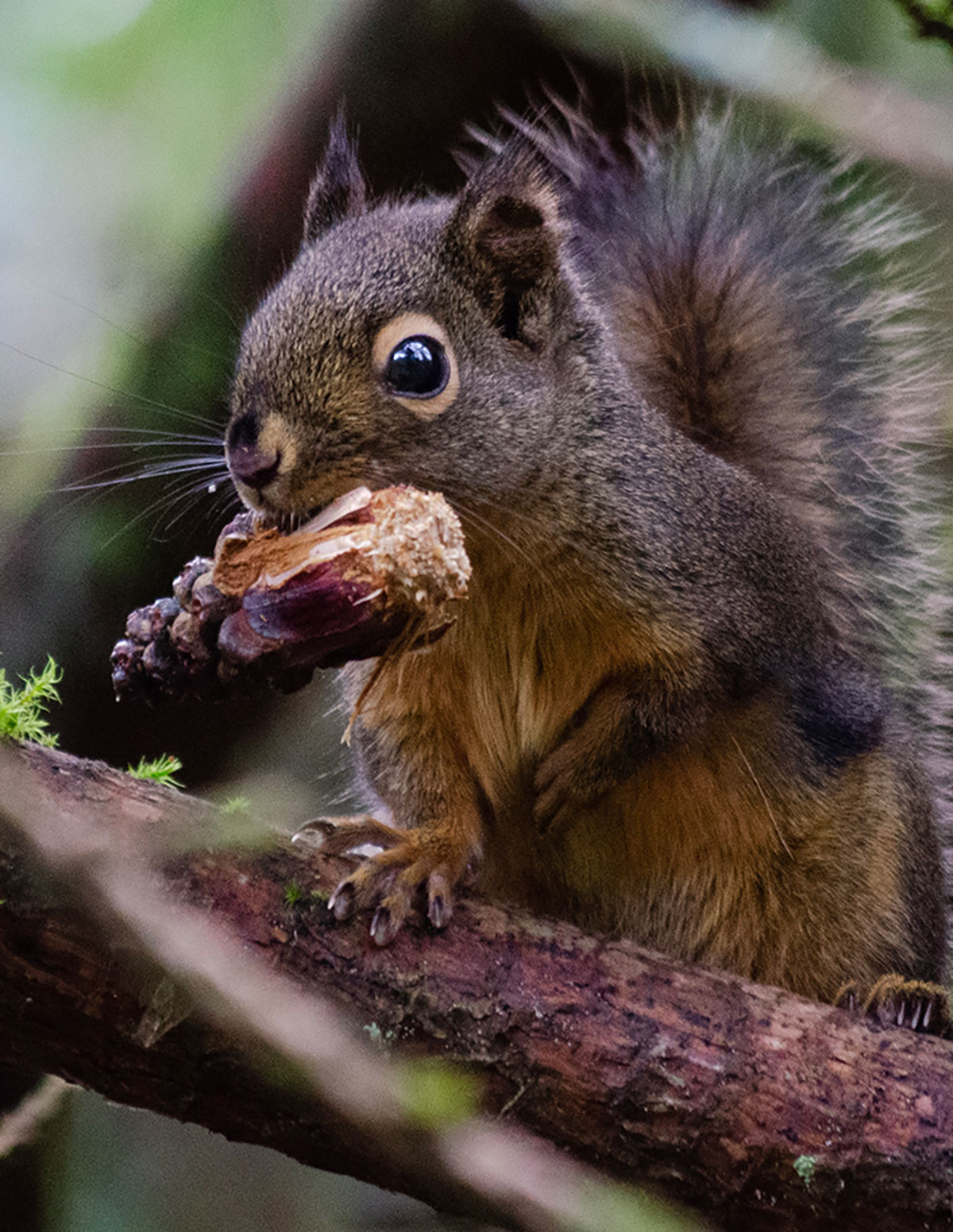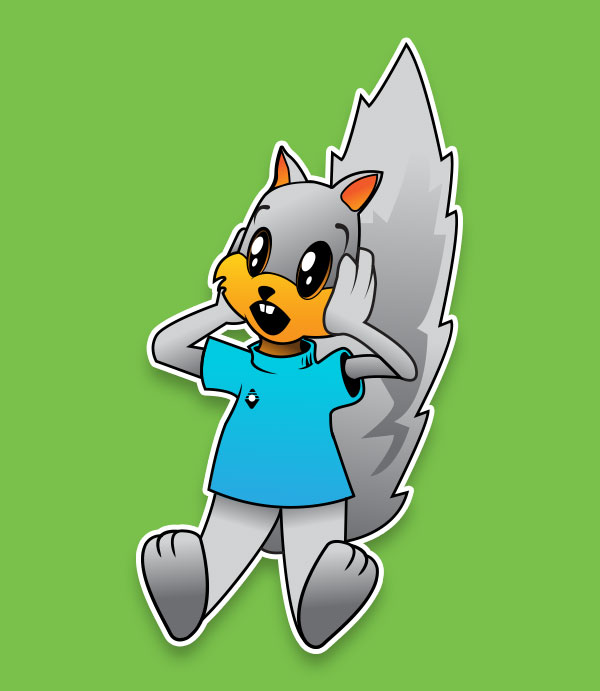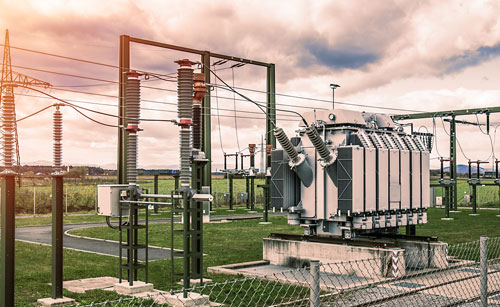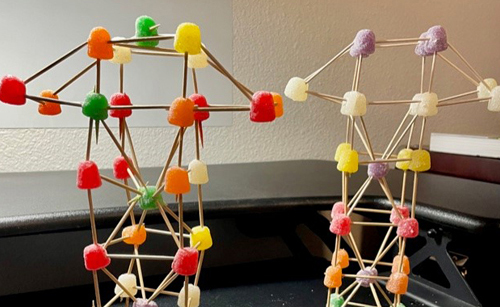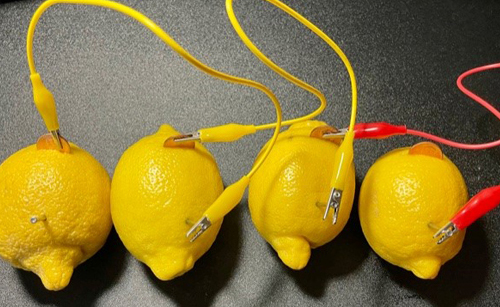
Ready to learn about Douglas squirrels?
The Douglas squirrel is a pine squirrel found in the Pacific Northwest
“Clark here! You’ve probably seen me around Power Zone a lot … but do you know why? I was chosen to be the PowerZone’s official host because I’m a local squirrel. But I’m not just any squirrel. I’m a Douglas squirrel!
Read on to learn what makes me special and how you can make sure my squirrel friends and family stay happy and healthy!”
Douglas squirrels in the Pacific Northwest
The Douglas squirrel (Tamiasciurus douglasii) is native to the Pacific Northwest. These small animals measure 10 to 14 inches long, including the tail. They have reddish- or brownish-grey fur on the back and orange or yellowish fur on the stomach. Douglas squirrels are found through the Cascades and western Washington in stands of fir, pine, and cedar trees.
Fun facts about Douglas squirrels
- Douglas squirrels are sometimes called cickarees because of the sound they make (this is called an onomatopoeia!)
- They communicate with a system of calls for courtship, territory defense, and predator warnings.
- Douglas squirrels use their tail for communication, balance, umbrellas, and blankets!
- Their teeth grow very fast, so they’re often chewing on twigs (as well as electrical wires – which is dangerous!) to keep them trimmed.

Washington is home to four species of native tree squirrels (Douglas squirrel, red squirrel, western gray squirrel, and northern flying squirrel) and two species of introduced or invasive tree squirrels (eastern gray squirrel and eastern fox squirrel).
Douglas squirrel habitat and ecology
Douglas squirrels live in coniferous forest and are active throughout the year. They are diurnal and sleep at night in tree cavities or in large round leaf and stick nests, called dreys, built high up on tree limbs.
They mostly eat pine seeds, and they’ll peel the scales off a pinecone to get to the seed inside. They’ll also eat whatever is available, such as mushrooms, berries — even bird eggs. Large piles of discarded pinecone scales are a sure sign that a Douglas squirrel lives close by since they normally use one location for food storage.
Douglas squirrels are great climbers and jumpers thanks to their powerful claws and tail, which they use for balance. These squirrels are mostly solitary and they’re very noisy. Known for a variety of calls, they are vocal when defending territory or warning about predators.
Douglas squirrels and Clark Public Utilities
At Clark Public Utilities, we use guards to protect both animals and your power supply! Squirrels can cause power outages if they chew on wires or complete the circuit between a charged wire and a grounded object, both of which can disrupt the power supply to homes and businesses. To prevent this, wildlife guards are put on top of transformers and are an insulator, a non-conducting barrier, for any animal that might cause trouble.
Squirrels are often the source of chewed wires but any animal that climbs can create problems! It could be birds, cats, or even bears. A transformer gets warm because of the amount of electricity going in and the process of transforming the voltage. Critters will climb up there to rest and get warm. The wildlife guard protects our equipment and their lives by preventing the circuit from being completed. It is not just power over our heads we must consider.
Animals that dig into the ground or tunnel can impact power, too. Moles, voles, and other burrowing animals love to chew on the insulating material around the underground power lines. Sometimes they complete the circuit – that will knockout the power, and sadly, the critter.
Conservation of Douglas squirrels
Douglas squirrels are not considered endangered or threatened. They are impacted by habitat degradation, though, especially in the endangered temperate rainforests.

